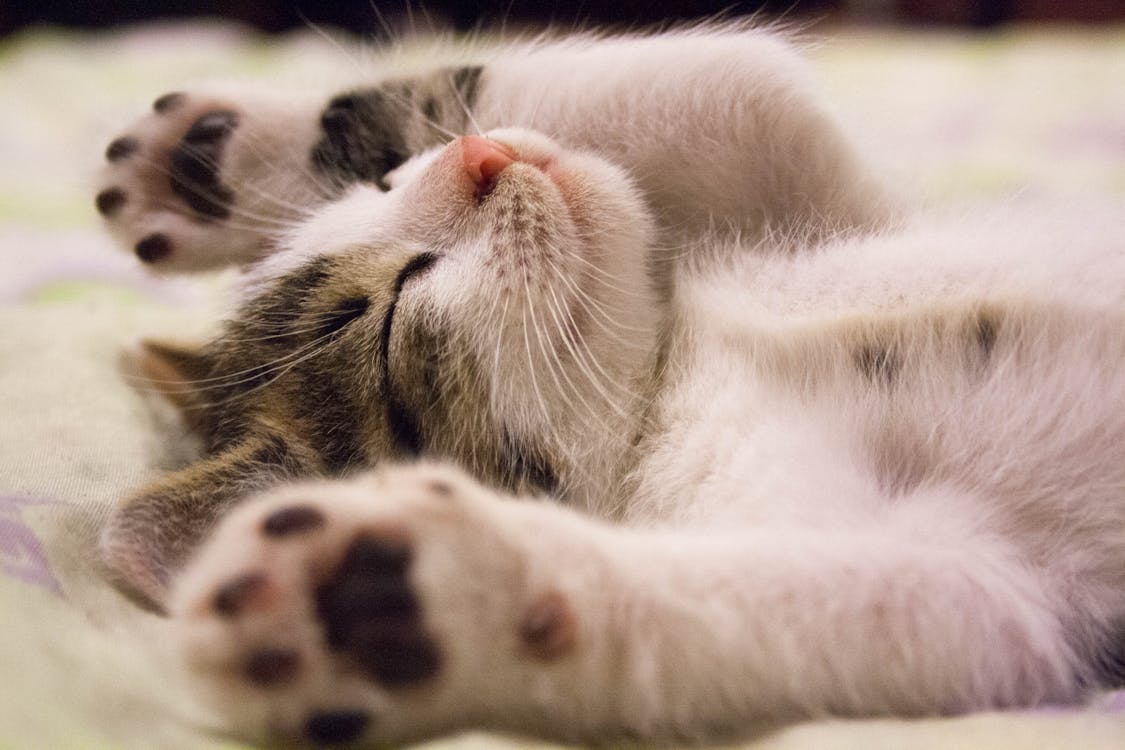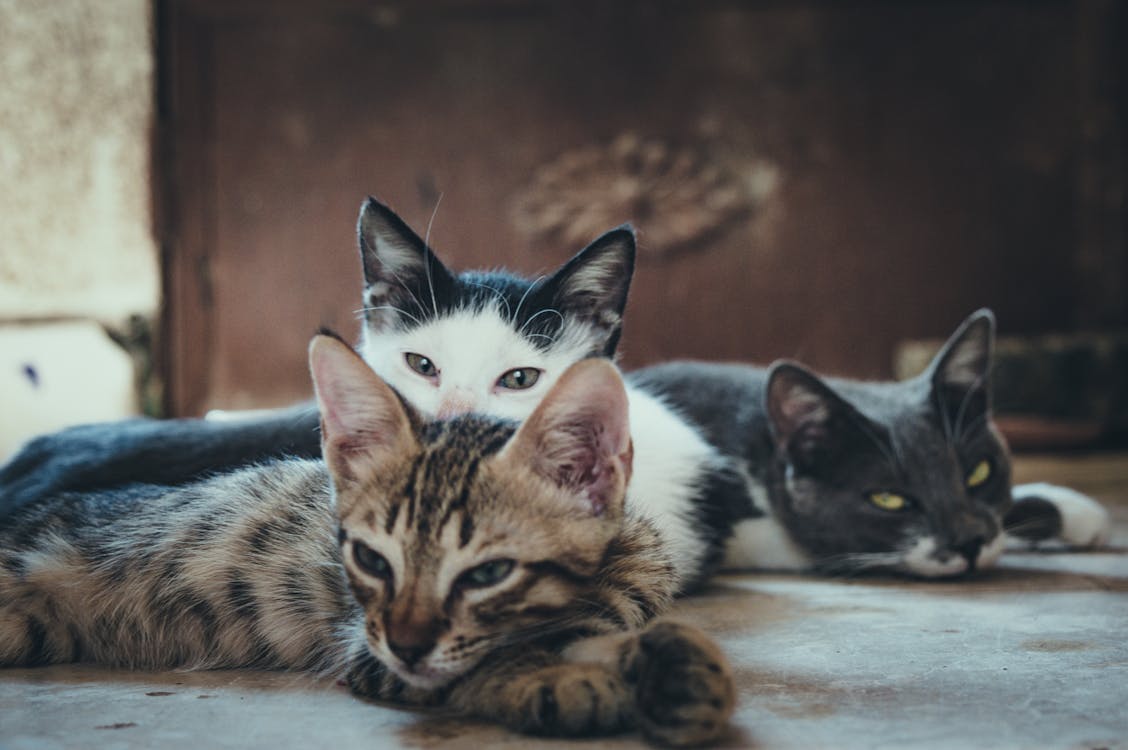Cats are mysterious creatures. They’re like the James Bonds of the pet world—sleek, sophisticated, and often keeping their owners guessing. But what happens when our feline friends start turning up their noses at dinner? Could it be a food allergy? Let’s dive into this enigmatic world of feline nutrition and figure out what’s going on with food allergies in cats.
Table of Contents
“I Can Has Cheeseburger?” Not if Kitty’s Lactose Intolerant!
Is your cat scratching more than a DJ at a hip-hop concert? Does their stomach rumble louder than thunder in a summer storm? These may be signs that your feline friend has a food allergy. But don’t panic like a mouse in a room full of cats just yet!
Did you know that some cats can’t stomach dairy products? It’s true! Despite the classic image of a cat lapping up a saucer of milk, many cats are lactose intolerant. As they grow older, they lose the enzyme lactase, which helps digest lactose in milk. So, that saucer of milk might lead to an upset tummy because of food intolerances!
“Who Dunnit?”: Unmasking the Common Culprits of Cats Food Allergies
Let’s set the stage. You’re home, it’s a quiet evening. The scent of freshly opened cat’s food wafts through your kitchen. Your feline friend saunters in, tail held high, ready for dinner. But wait! There’s a plot twist. Instead of the usual purr of satisfaction, you’re met with a turn of the head, a flick of the tail, and a look that screams, “Seriously, human?”

You’ve entered the world of cat allergies, where every meal is a mystery waiting to be solved. But fret not, dear reader. Armed with knowledge, we’ll unmask these allergens (which are different from environmental allergies) faster than you can say “Scooby-Doo, where are you?”
Fishy Business
Imagine the scenario. You crack open a can of premium salmon cat food, expecting your feline friend to pounce. But instead, they back away, leaving you puzzled. Could it be an allergy?
Fish, despite being a staple in many cat foods, is a common allergen for our four-legged friends. In fact, it’s like the Moriarty to Sherlock Holmes, often lurking in the shadows, causing upset tummies and itchy skin. So, if your cat starts acting fishier than the food itself, it might be time to reconsider their diet.
Where’s the Beef?
Now, this one’s a real whodunnit. Beef, the backbone of many a cat food brand, is also a frequent food allergen. It’s like the Darth Vader of the cat food world—seemingly harmless but potentially causing a disturbance in food allergic cats. If you notice your cat reacting after a hearty beef meal, it might be time to switch to chicken.
Fowl Play
Wait, did someone say chicken? Yes, food allergies occur even from chicken, the holy grail of protein diet sources. It’s like the plot twist in your favorite thriller, surprising and unexpected. If your cat starts itching and scratching after a poultry feast, the chicken might be to blame.

Got Milk?
Remember those old commercials with celebrities donning a milk mustache, asking “Got milk?” Well, for our feline friends, the answer should probably be “No, thanks.” Many cats are lactose intolerant, meaning they lack the enzyme needed to digest dairy products. So, while a saucer of milk might seem like a treat, it could lead to a stomach upset, or even an allergic reaction.
Aside from all this, cats can also have no-so-great reactions from human food. They may even develop food allergies over time, so watch out for that!
So there you have it – the usual suspects in the mystery of feline food allergies. Remember, every cat is unique, just like a snowflake or a perfectly popped popcorn kernel. What causes a reaction in one cat’s immune system might be perfectly fine for another. It’s all about paying attention to your pet and figuring out what works best for them. And with that, the case of the feline food allergens is closed… or is it?
Detecting the Culprit: Signs of Food Allergies in Cats
So, how do you know if your cat is allergic to a certain type of food? Well, it’s not like they can just tell us (if only!). But there are cat’s symptoms you can look out for. These include:
- Frequent vomiting or diarrhea
- Excessive grooming or scratching
- Changes in appetite or weight
- Hair loss or skin inflammation
If your cat is showing these symptoms, it’s time to play detective and find out what’s causing the reaction.

To the Rescue: Treating and Preventing Food Allergies in Cats
What can you do if you suspect your cat has a food allergy? First, don’t panic. Your cat’s not going to turn into Garfield overnight! The best thing to do is consult with your vet for diagnosing food allergies. They might recommend an elimination diet trial to identify the allergen. This involves feeding your cat a simple diet and gradually reintroducing potential allergens to see what causes a reaction.
Diagnosing a food allergy in cats is like solving a crime. It involves an elimination diet, where suspected foods are eliminated from your cat’s diet and then gradually reintroduced. It’s like an episode of “Cat Detective,” where you’re the detective and the food is the suspect!
Consulting the Vet for Cat Food Allergies
Now, I know what you’re thinking: “I’m ready to solve this mystery!” But hold your horses…or should I say, hold your cats? Consulting your vet should be your first step when suspecting a cat food allergy. They’re the Sherlock Holmes of the pet world, after all. They can guide you through the process of a food trial and ensure your cat is still getting the necessary nutrients.
Remember, every cat is unique—just like us humans. What works for one might not work for another. So, it’s important to listen to your cat’s needs and respond accordingly. After all, they’re part of the family!

In a Nutshell
In the grand scheme of things, cat food allergies are a bit like a box of chocolates – you never know what you’re going to get. But with patience and guidance from your trusted vet, you’ll navigate this journey like a pro. After all, isn’t life with cats just purr-fect?

